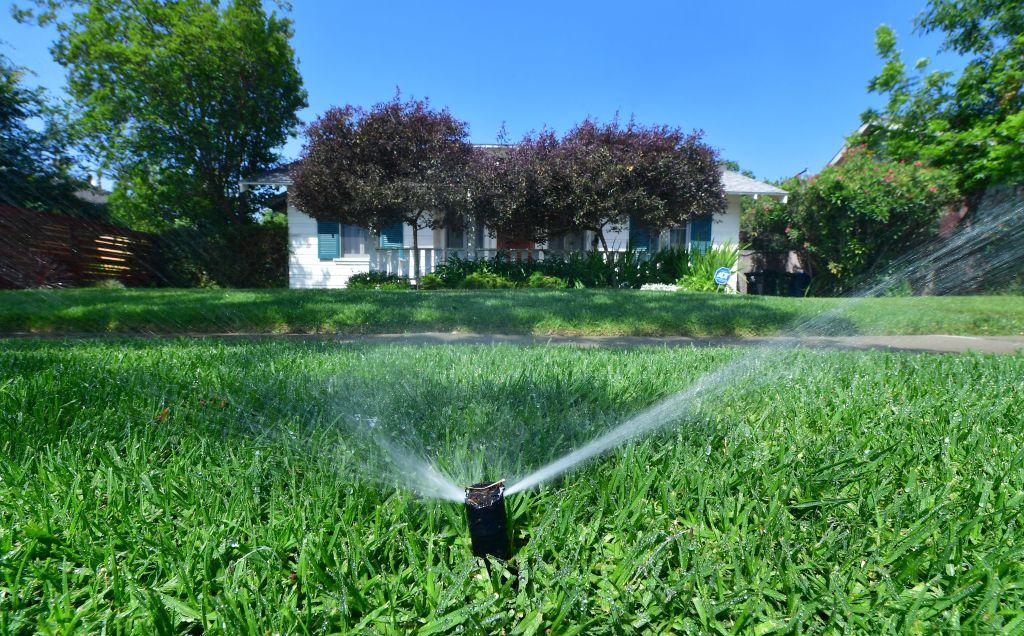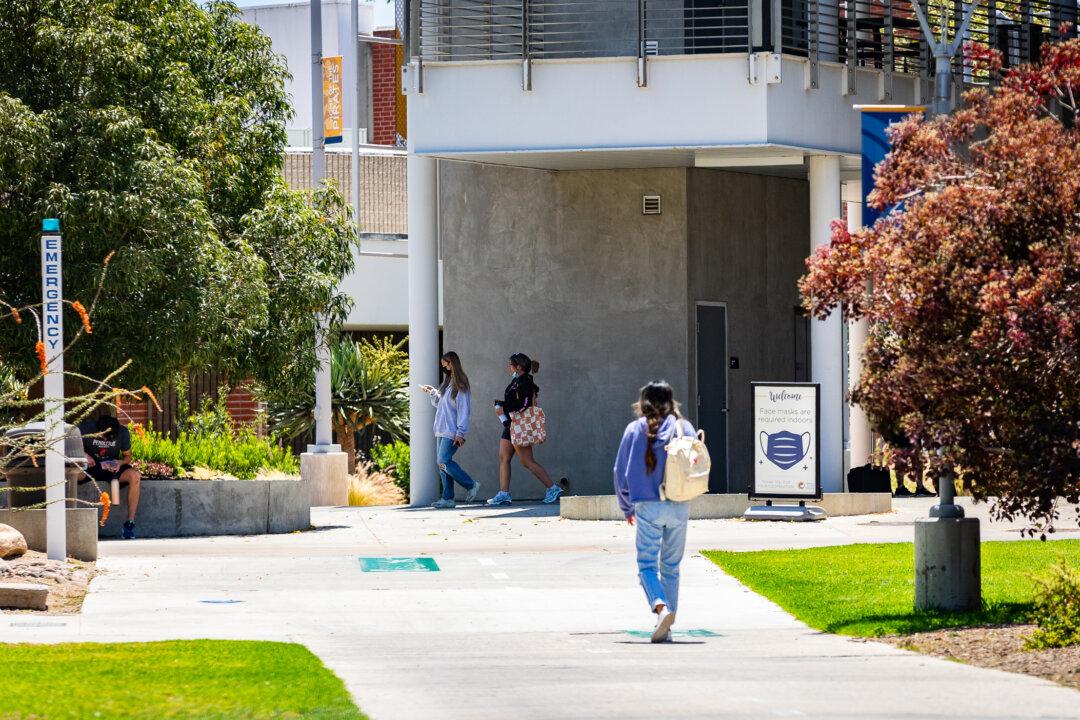The water systems serving nearly a million residents in California do not meet water quality standards, and the State Water Board lacks urgency in providing timely assistance, according to a report released by the state auditor on July 26.
The audit found that more than 370 water systems—serving more than 920,000 residents—are failing, and hundreds of additional systems are at risk of failing.




